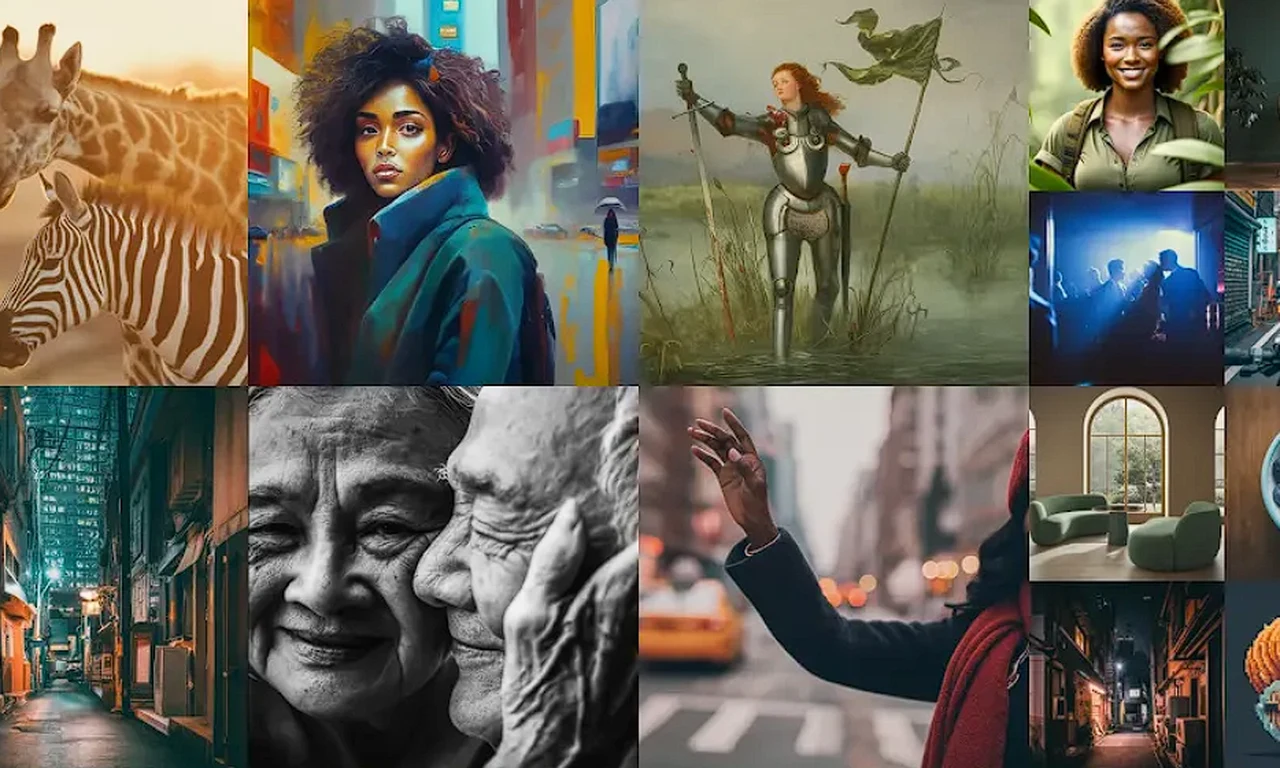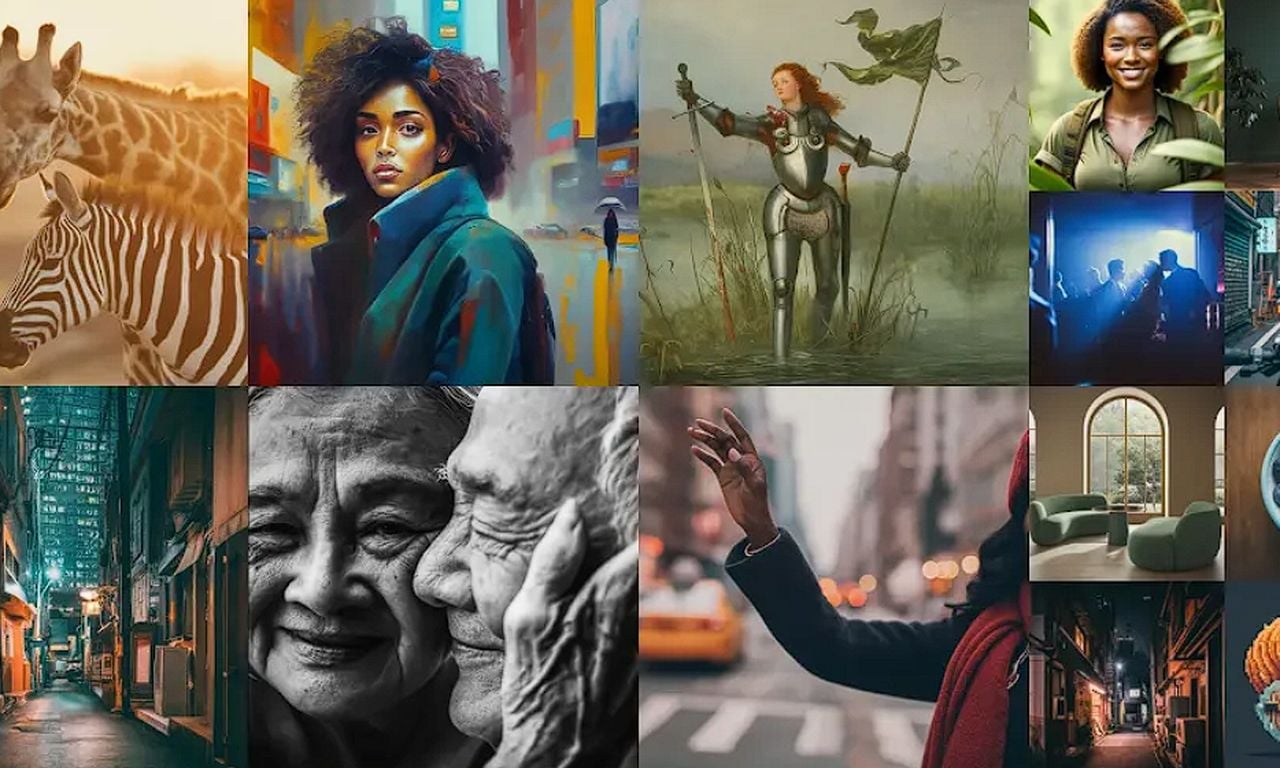
Google has has opened the doors to its new Imagen 2, an advanced text-to-image AI art generator that can transform written descriptions into highly realistic pictures. Competing with the likes of Midjourney, DallE 3, Stable Diffusion and others. This innovative tool is now part of Google’s suite of services, providing exciting new capabilities for both everyday users and software developers.
Imagen 2 represents an improvement in diffusion technology, which is known for generating images that closely resemble real-life photographs. It’s integrated with several Google offerings, such as the Bard search engine, the generative platform SGE, and ImageFX, an experimental project from Google Labs. Additionally, it plays a role in Google Arts and Culture, where it helps to recreate images of historical figures. Google explains more about its new text-to-image AI.
Text-to-Image AI
“Imagen 2 is our most advanced text-to-image diffusion technology, delivering high-quality, photorealistic outputs that are closely aligned and consistent with the user’s prompt. It can generate more lifelike images by using the natural distribution of its training data, instead of adopting a pre-programmed style.
Imagen 2’s powerful text-to-image technology is available in Bard, Search Generative Experience and and a Google Labs experiment called ImageFX. This offers an innovative interface that allows users to quickly explore alternative prompts and expand the bounds of their creativity. The Google Arts and Culture team is also deploying our Imagen 2 technology in their Cultural Icons experiment, allowing users to explore, learn and test their cultural knowledge with the help of Google AI. Developers and Cloud customers can access it via the Imagen API in Google Cloud Vertex AI.”
One of the most notable features of Imagen 2 is its enhanced ability to interpret and refine image captions, ensuring that the resulting images are more closely matched to the accompanying text. The AI has been trained on a variety of complex prompts and literary texts, allowing it to produce visuals that are in sync with the input it receives.
There have been significant improvements in the quality of the images it generates, particularly when it comes to rendering human hands and faces with greater accuracy and fewer flaws. Google has also developed an image aesthetics model that takes into account human preferences for aspects like lighting, composition, and image sharpness.
How to use Imagen 2
Users have the option to influence the style of the images created by Imagen 2. This is done through a process called fluid style conditioning, which merges reference images with text prompts to produce a unified visual result. The AI also boasts advanced inpainting and outpainting features, which give users the freedom to modify or expand images in creative ways.
Here are some other articles you may find of interest on the subject of AI art creation :
A major emphasis for Imagen 2 is ensuring that the images it creates adhere to content policies, avoiding the generation of offensive or misleading visuals. The technology includes features that allow for rapid style changes and the regeneration of images based on user input.
While Imagen 2 represents a significant step forward, it’s important to note that the technology is still being refined. There are certain limitations in place, such as content policy restrictions and challenges in accurately specifying characteristics like ethnicity when generating images of characters.
For the business sector, Google’s Vertex AI platform leverages Imagen 2 to help companies create high-quality visuals, such as logos and product photographs. The platform offers copyright indemnification, which provides legal protection for the images generated. Imagen 2 is also capable of enhancing images for high-resolution displays and can generate text captions in more than 300 languages, making it a tool with global reach.
Google’s Imagen 2 is poised to make a significant impact across various fields, including e-commerce and marketing. It offers a way to create detailed and lifelike images that can be tailored to specific needs. Although there are some early-stage challenges to overcome, the technology is on a path toward widespread adoption and continuous enhancement. You can read more about Google’s AI art generator in its official research paper.
Filed Under: Guides, Top News
Latest timeswonderful Deals
Disclosure: Some of our articles include affiliate links. If you buy something through one of these links, timeswonderful may earn an affiliate commission. Learn about our Disclosure Policy.

